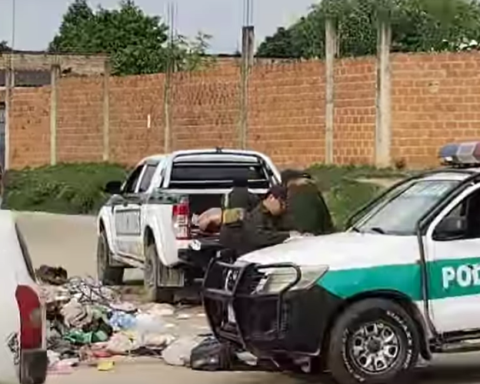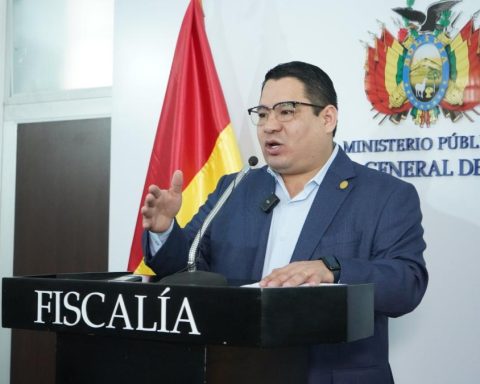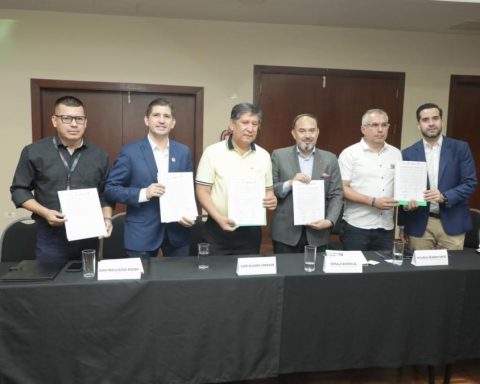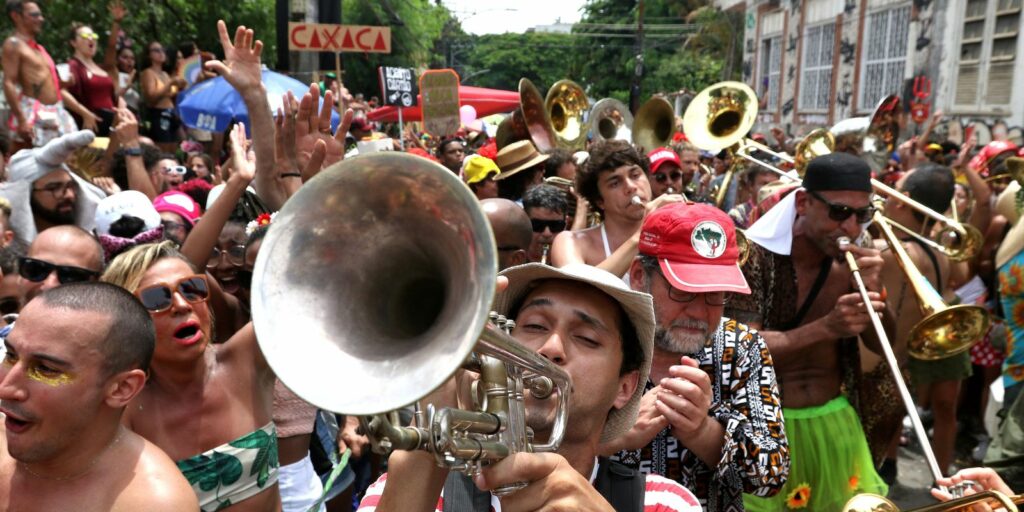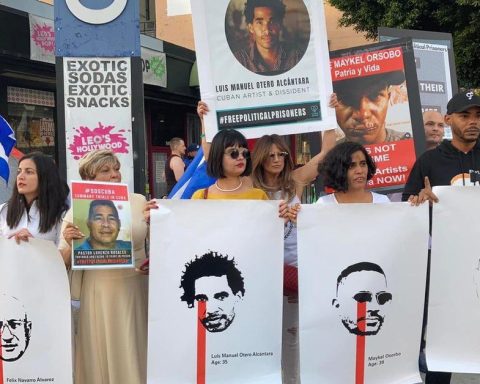February 13, 2023, 4:23 PM
February 13, 2023, 4:23 PM
Mustafa, a seven-year-old boy, was rescued in Turkey’s Hatay province, while Nafize Yilmaz, a 62-year-old woman, was found alive in Nurdagi, also in Hatay, the state-run Anadolu news agency reported on Monday, February 13. Both were trapped for 163 hours among the destruction of collapsed buildings in the devastating earthquake on February 6, before their rescue on Sunday night.
Another 13-year-old boy was also rescued later, after being trapped for 182 hours in the rubble of a building in Hatay itself.
There could be up to 155,000 bodies under the rubble.
The rescue of little Kaan, shown live on the Halk TV station, and those of Mustafa and Nafize are three of those that continue to take place little by little among the thousands of buildings that collapsed, and among which some experts estimate there may be still up to 155,000 bodies.
More than 32,000 people from local organizations are working in the search and rescue efforts along with 8,294 rescuers from abroad, said the Disaster and Emergency Management Authority (AFAD). Rescue teams are working against the clock as experts warn that the chance of finding people alive amid the devastation is dwindling with each passing day.
In total, at least 35,943 people have been confirmed dead, 31,643 in Turkey and 4,300 in Syria, after the earthquakes of February 6 (the largest, of magnitude 7.8), on the Turkish-Syrian border, according to medical and government sources from both countries.
“We have failed the people of northwestern Syria”
Anger is growing in Turkey over the poor quality of buildings and the government’s response to the country’s worst disaster in nearly a century. A total of 12,141 buildings were destroyed or seriously damaged in Turkey.
In the destroyed Turkish city of Kahramanmaras, near the epicenter of the quake, teams dug through mountains of rubble where they recovered a body. But rescuers complain about a lack of sensors and advanced search equipment, so they must carefully dig through the rubble with shovels or their hands.
The UN denounced that not all the desperately needed aid in Syria has been sent. A convoy of supplies for northwestern Syria arrived via Turkey, but UN emergencies chief Martin Griffiths said much more is needed for the millions of people whose homes have been destroyed.
“So far we have failed the people of northwestern Syria. They feel abandoned. They seek international help that has not arrived,” Griffiths said on Twitter.
The number of deaths could “double or more”
Assessing the damage on Saturday in southern Turkey, when the death toll stood at 28,000, Griffiths said the number could “double or more” because the chance of finding survivors is diminishing every day.
Supplies have been slow to arrive in Syria, a country embroiled in years of war that has destroyed its health system and parts of the country still controlled by rebels fighting the government of President Bashar al-Assad.
A convoy of 10 UN trucks entered northwestern Syria through the Bab al Hawa border post, according to an AFP journalist. But this is the only point through which international aid can enter areas of Syria under rebel control after nearly 12 years of civil war. Other crossings were closed under pressure from China and Russia.
Conflict, covid, cholera, economic crisis, earthquake and security threats
The head of the World Health Organization (WHO), Tedros Adhanom Ghebreyesus, met with Assad in Damascus on Sunday and said the Syrian leader had said he was willing to open more border crossings to help bring aid into rebel-held areas.
“The combined crises of conflict, covid, cholera, economic decline and now the earthquake have taken an unbearable cost,” Tedros said after visiting the Syrian city of Aleppo.
Meanwhile, a israeli emergency organization announced on Sunday that it suspended its rescue efforts in Turkey due to the “significant” security threat to its team. And numerous people were arrested for looting and trying to defraud the victims of the earthquake, according to the state press.


